前端开发 数据通信 vue组件传参方式详解与实用技巧
- 问答
- 2025-07-31 07:02:11
- 4
前端开发 | 数据通信 | Vue组件传参方式详解与实用技巧
场景引入:一个典型的组件传参困境
"老王,这个用户详情弹窗怎么获取不到父组件的数据啊?"小张皱着眉头喊道,办公室里空调呼呼作响,但小张的额头还是渗出了细密的汗珠,他正在开发一个电商后台管理系统,需要在用户列表点击某行时,把用户ID传给弹窗组件显示详细信息。
这种场景在前端开发中太常见了——组件之间如何高效、优雅地传递数据?作为Vue开发者,我们至少有6种方式可以实现这个需求,但每种方式都有其适用场景和注意事项,今天我们就来彻底搞懂Vue组件传参的那些事儿。
Props:最基础的父子组件通信方式
1 基本用法
Props是Vue中最直接的父子组件通信方式,就像函数的参数传递一样简单。
// 父组件
<template>
<child-component :user="currentUser" />
</template>
<script>
export default {
data() {
return {
currentUser: { id: 1, name: '张三' }
}
}
}
</script>
// 子组件
<script>
export default {
props: {
user: {
type: Object,
required: true
}
}
}
</script>
2 实用技巧
- 类型验证:始终为props定义类型验证,这能在开发阶段捕获许多潜在错误
- 默认值:对于可选props,设置合理的默认值
- 单向数据流:记住props是单向绑定的,子组件不应直接修改props
props: {
size: {
type: String,
default: 'medium',
validator: value => ['small', 'medium', 'large'].includes(value)
}
}
自定义事件:子到父的通信方式
1 $emit基础
当子组件需要向父组件传递数据时,可以使用自定义事件。
// 子组件
<button @click="$emit('update-name', newName)">更新名字</button>
// 父组件
<child-component @update-name="handleNameUpdate" />
2 更优雅的写法
Vue 2.3+支持.sync修饰符,Vue 3中则使用v-model的增强功能。

// Vue 2
<child-component :name.sync="userName" />
// 子组件中
this.$emit('update:name', newValue)
// Vue 3
<child-component v-model:name="userName" />
v-model:双向绑定的语法糖
1 Vue 2中的v-model
在Vue 2中,v-model默认绑定value属性和input事件。
// 自定义输入组件
<template>
<input :value="value" @input="$emit('input', $event.target.value)" />
</template>
<script>
export default {
props: ['value']
}
</script>
2 Vue 3的改进
Vue 3中v-model更加灵活,可以绑定多个属性。
<user-form v-model:name="userName" v-model:age="userAge" />
// 组件内部
this.$emit('update:name', newName)
this.$emit('update:age', newAge)
Provide/Inject:跨层级组件通信
1 基本用法
对于深层嵌套的组件,props逐层传递会很繁琐,这时可以使用provide/inject。
// 祖先组件
export default {
provide() {
return {
theme: this.theme
}
},
data() {
return {
theme: 'dark'
}
}
}
// 任意后代组件
export default {
inject: ['theme']
}
2 响应式技巧
默认情况下,provide的值不是响应式的,要实现响应式,可以传递一个响应式对象。
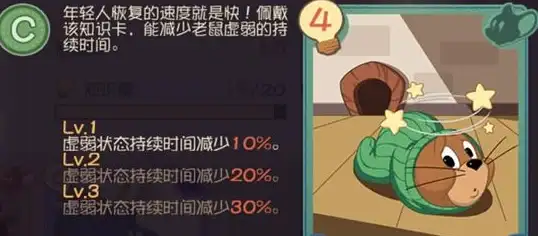
// Vue 3
import { computed } from 'vue'
export default {
provide() {
return {
theme: computed(() => this.theme)
}
}
}
// Vue 2中可以使用observable
import Vue from 'vue'
provide() {
return {
theme: Vue.observable({ value: this.theme })
}
}
事件总线:任意组件间通信
1 创建事件总线
虽然Vue 3推荐使用外部状态管理,但在小型项目中事件总线仍然简单有效。
// eventBus.js
import Vue from 'vue'
export const EventBus = new Vue()
// 组件A发送事件
EventBus.$emit('user-selected', userId)
// 组件B监听事件
EventBus.$on('user-selected', userId => {
// 处理逻辑
})
2 注意事项
- 记得在组件销毁时移除事件监听,避免内存泄漏
- 过度使用事件总线会使数据流难以追踪
mounted() {
EventBus.$on('event', this.handleEvent)
},
beforeDestroy() {
EventBus.$off('event', this.handleEvent)
}
Vuex/Pinia:全局状态管理
1 Vuex基础
对于复杂的应用状态,Vuex提供了集中式存储管理。
// store.js
export default new Vuex.Store({
state: {
user: null
},
mutations: {
setUser(state, user) {
state.user = user
}
},
actions: {
fetchUser({ commit }, userId) {
// API调用
commit('setUser', response.data)
}
}
})
// 组件中使用
this.$store.dispatch('fetchUser', userId)
2 Pinia的现代化方案
Vue 3推荐使用Pinia,它更简洁且支持TypeScript。
// stores/user.js
export const useUserStore = defineStore('user', {
state: () => ({ user: null }),
actions: {
async fetchUser(userId) {
this.user = await api.fetchUser(userId)
}
}
})
// 组件中使用
import { useUserStore } from '@/stores/user'
export default {
setup() {
const userStore = useUserStore()
userStore.fetchUser(123)
return { userStore }
}
}
实战技巧与最佳实践
1 如何选择传参方式
- 父子组件:优先使用props和自定义事件
- 兄弟组件:通过共同的父组件中转,或使用事件总线/Vuex
- 深层嵌套:考虑provide/inject
- 全局状态:使用Vuex/Pinia
2 性能优化
- 避免传递大型对象作为props,必要时只传递需要的字段
- 对于静态数据,使用v-once提高性能
- 使用计算属性缓存派生数据
3 调试技巧
- 为自定义事件添加前缀(如
user:updated)便于追踪 - 在开发环境验证props类型
- 使用Vue Devtools检查组件间数据流
回到开头的场景,小张最终选择了props传递用户ID,然后在弹窗组件内部通过Pinia获取用户详情,这种方式既保持了组件解耦,又避免了props传递过深的问题。
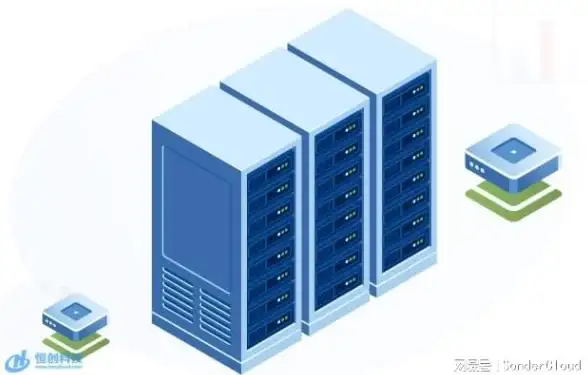
没有"最好"的组件通信方式,只有"最适合"当前场景的方案,理解每种方法的适用场景和限制,才能在复杂的前端项目中游刃有余。
本文由 老昊焱 于2025-07-31发表在【云服务器提供商】,文中图片由(老昊焱)上传,本平台仅提供信息存储服务;作者观点、意见不代表本站立场,如有侵权,请联系我们删除;若有图片侵权,请您准备原始证明材料和公证书后联系我方删除!
本文链接:https://vps.7tqx.com/wenda/492309.html

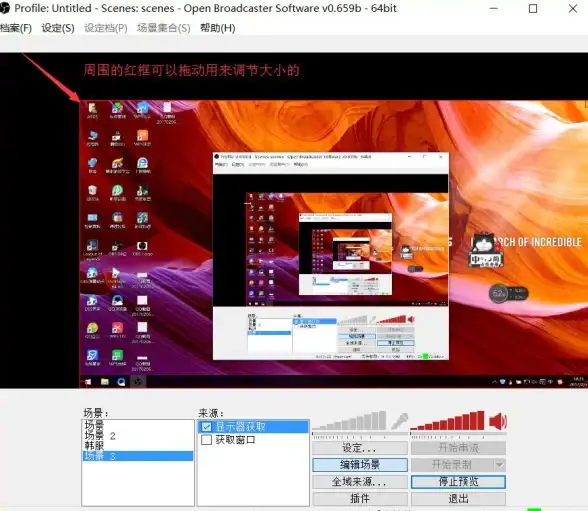
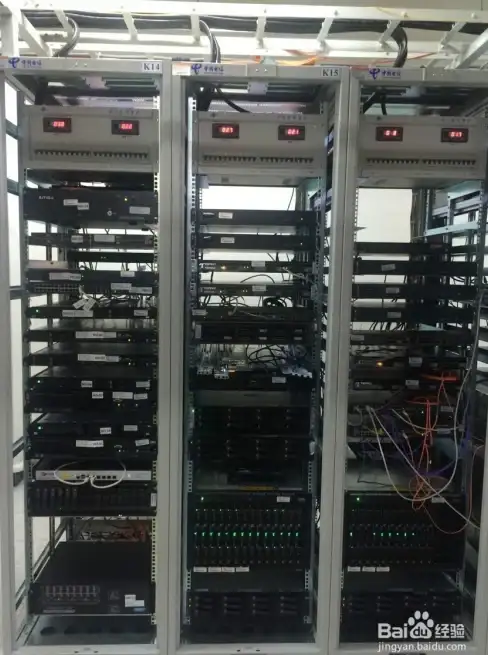

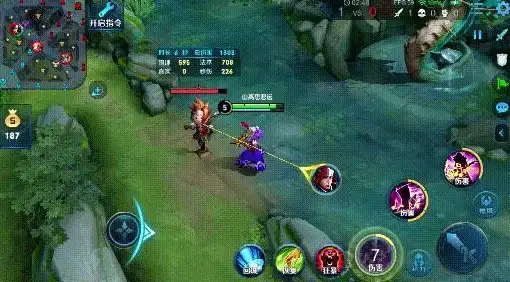
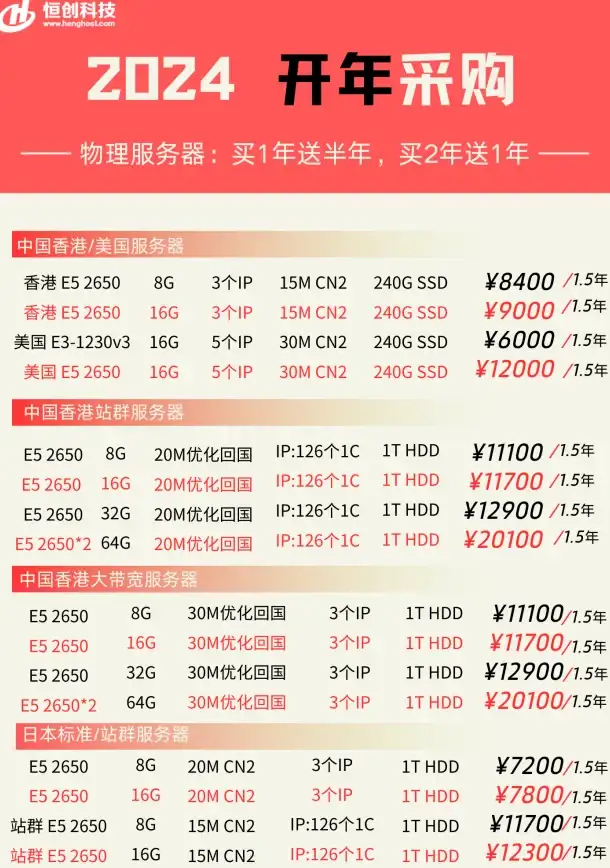
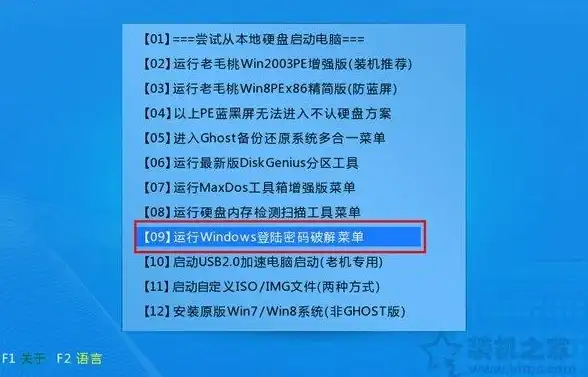

发表评论